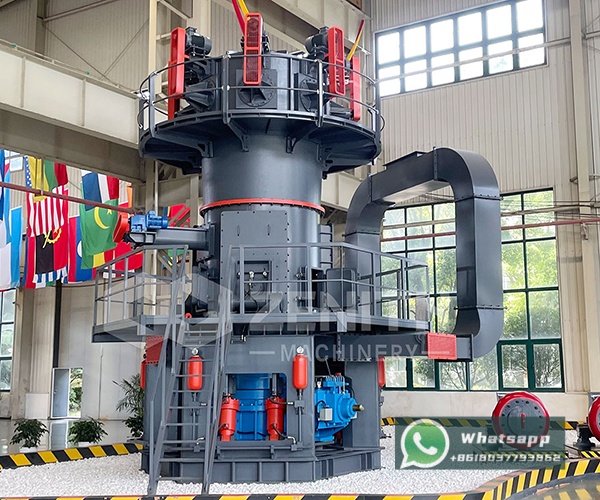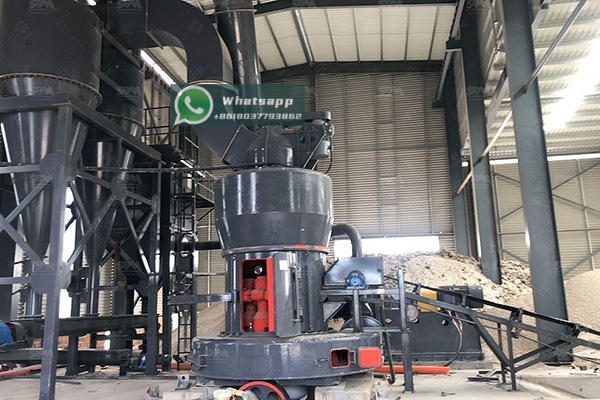In the realm of industrial powder processing, grinding efficiency and product quality are paramount. The classification system within a grinding mill plays a crucial role in determining the final product’s fineness, particle size distribution, and overall system energy consumption. Understanding the science behind static and dynamic classifiers is essential for optimizing grinding operations and achieving superior product specifications.
Classification in grinding circuits is the process of separating fine particles from coarse ones. After material is ground inside the mill, the resulting mixture of particles of various sizes is transported by an air stream to a classifier. The classifier’s job is to allow particles that have reached the desired fineness to pass through (become the product), while returning oversized particles back to the grinding zone for further comminution. This closed-circuit system enhances grinding efficiency by preventing over-grinding of fine particles and ensuring that energy is focused on breaking down the coarse material.

Static classifiers, often referred to as gravity or inertial classifiers, rely on the fundamental principles of gravity and centrifugal force to separate particles. They typically consist of a series of stationary vanes or louvres that impart a spinning motion to the incoming air-particle mixture. As the mixture rotates, centrifugal force throws the larger, heavier particles toward the outer wall, where they fall back into the grinding chamber. The finer, lighter particles remain suspended in the air stream and are carried out of the classifier to the product collection system.
Advantages of Static Classifiers:
Limitations of Static Classifiers:
Dynamic classifiers, also known as high-efficiency or turbine classifiers, incorporate a rotating cage or turbine within the classification zone. The speed of this rotor can be precisely controlled. Separation occurs through a balance of centrifugal force (pushing coarse particles outward) and drag force from the air flow (pulling fine particles inward through the rotor). By adjusting the rotor speed, operators can dynamically and precisely control the cut point of the classifier.
Advantages of Dynamic Classifiers:
Limitations of Dynamic Classifiers:

The choice between static and dynamic classification is a critical design decision that directly impacts a mill’s performance. At Shanghai Zenith Machinery Co., Ltd., our engineering philosophy is to match the optimal classification technology to the specific application, ensuring our clients achieve their production goals for efficiency and product quality.
For applications requiring high capacity and reliable operation with a moderate fineness requirement, mills equipped with static or advanced static classifiers are an excellent choice. However, for the most demanding applications in ultra-fine powder grinding, a dynamic classifier is indispensable.
A prime example of our expertise in this field is the LUM Ultrafine Vertical Mill. This state-of-the-art mill integrates an advanced dynamic classification system that is central to its performance. The classifier’s rotor speed is intelligently controlled, allowing for real-time adjustment of product fineness from D97=5μm to 30μm. This precision ensures a consistently sharp particle size distribution, maximizes grinding efficiency by preventing the recirculation of already-fine material, and significantly reduces energy waste. The LUM series is a testament to how dynamic classification technology can be harnessed for superior results in ultra-fine powder production.
| Model | Main machine power (kW) | Capacity (t/h) | Size distribution D97 (μm) |
|---|---|---|---|
| LUM1525 | 220-250 | 1.6-11.5 | 5-30 |
| LUM1632 | 280-315 | 2.0-13.5 | 5-30 |
| LUM1836 | 355-400 | 2.3-15 | 5-30 |
Another versatile solution from our portfolio is the LM Vertical Grinding Mill. This mill can be configured with either high-efficiency static or dynamic classifiers to suit a wide range of applications, from mineral and slag grinding to coal firing. Its integrated design combines crushing, grinding, drying, classification, and conveying, making it a highly efficient and compact solution. The classifier’s role is pivotal in achieving the desired product fineness, which can range from 170 to 40 microns, demonstrating the flexibility that proper classification brings to a grinding system.
The science of classification is a cornerstone of modern grinding technology. While static classifiers offer a robust and economical solution for many applications, dynamic classifiers provide the precision and control necessary for high-value, ultra-fine products. The choice ultimately depends on the specific requirements for product fineness, distribution, and production efficiency.
Shanghai Zenith Machinery Co., Ltd. leverages deep expertise in both technologies to provide tailored grinding solutions. Our products, like the LUM Ultrafine Vertical Mill and the LM Vertical Grinding Mill, are engineered with advanced classification systems at their core, ensuring that our clients remain at the forefront of industrial powder processing, achieving great achievements in the field of ultra-fine powder grinding.
